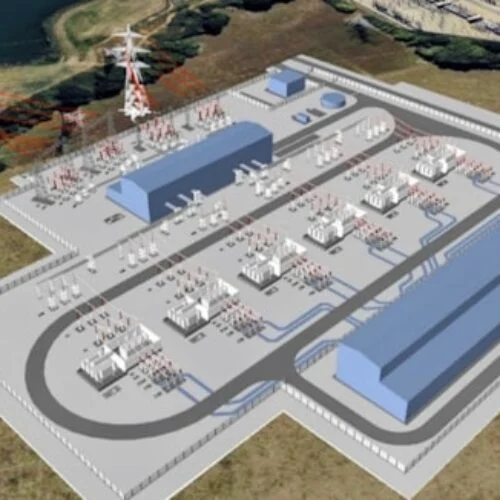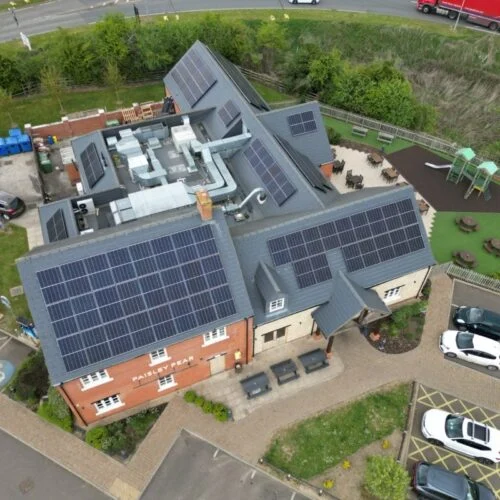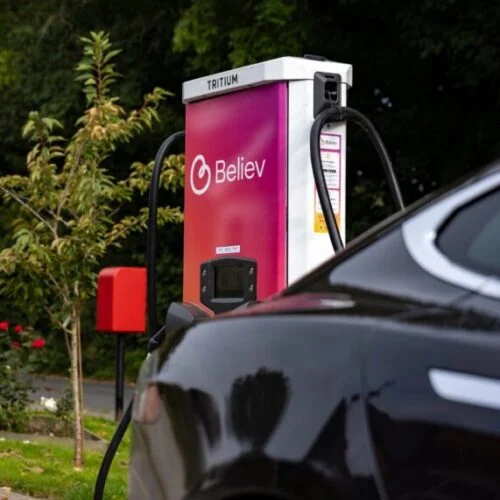National Grid has begun work on a new substation in Uxbridge Moor, as part of its planned £35 billion transmission investment between 2026-2031.
The Uxbridge Moor substation in Buckinghamshire is set to be the largest new substation on National Grid’s network by gigawatt capacity and will connect “over a dozen” new data centres, National Grid said. Data centre connections at the new site will require around 1.8GW of new capacity.
The site will feature two substations – one 400kV and one 132kV – both of which will be indoor gas-insulated facilities (GIS), the first such facilities to be free of sulphur hexafluoride (SF6). SF6 is a commonly used electrical insulator that is also a potent greenhouse gas; using an alternative is part of National Grid’s aim of reducing SF6 emissions from its network by 50% by 2030.
The Uxbridge Moor substation is part of the transmission owner’s upgrade plans that will ensure it can meet growing electricity demand and connect new sources of electricity generation. Upgrading the UK’s electricity grid is a key element of plans for achieving Clean Power 2030 (CP30) to bring online new generation, but also to support electrification of high-emission sectors like transport and heating.
The power consumption associated with data centres means they are increasingly considered an important factor in electricity system planning. Having been designated Critical National Infrastructure (the same classification given to energy and water systems), the energy demand associated with data centre buildout is as much a focus as the energy transition itself.
Ed Miliband, the UK’s energy secretary, chairs the AI Energy Council alongside Peter Kyle, secretary of state for science, innovation and technology. Working alongside energy companies, the council will address challenges caused by the technology’s development.
The data centres that support the technology require vast amounts of power to keep servers online, as well as cool the hardware within. The government’s AI Action Plan acknowledges that clean and renewable energy solutions are needed to power the high energy demands of AI.
Some data centre operators turn to renewables for electricity that is cheaper as well as greener, with private wire agreements providing a fixed revenue stream for developers.
For example, cloud services provider iomart partly powers its flagship data centre in Maidenhead, UK, with 560 rooftop solar panels, capable of generating 250,000KWh of energy each year, as part of its plans to power its data centres with 100% renewable energy.






